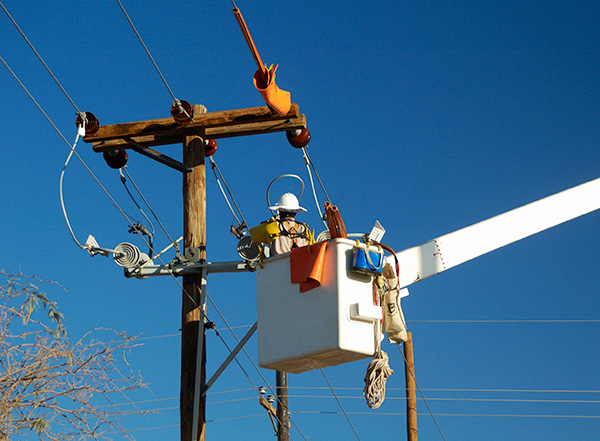Demarc Extension
Your demarcation is a point where your connectivity line (T1, T3, OC3, OC12, High speed Ethernet, etc) delivered by your local exchange carrier (LEC) or cable provider terminates in or outside of your building and may need to be extended further inside your premise in support of a new networking solution.
The demarcation point is a nearly universally recognized portion of corporate networks and today, even personal residential networks. The “demarc,” as it is commonly called, is most visible in residential networks in the form of the network interface device (NID), which typically is mounted onto a home and is the handoff point between the carrier/service provider’s network and the customer-owned network of the homeowner. In these networks, the NID is the very point at which the service provider’s network ends and the customer’s network begins.
In corporate networks, the situation can be significantly murkier. The confusion is not so much a matter of the point at which the service provider’s network ends; a NID does the job there as well. But from a technical standpoint, the matter can be confusing when the service provider network ends in a space physically distant from where the customer-owned network resides.
In most cases, a network and associated cabling project begins with the consideration and consultation of standards related to the system or technology being deployed. In the case of extending a demarcation point into a building so it physically meets a customer-owned network, standards are scant. While it sounds like a simple operation, there can be many environmental factors to consider, across thousands of sites. Superior Information Systems can manage all of these issues and rapidly perform the required demarc extension at your business.

